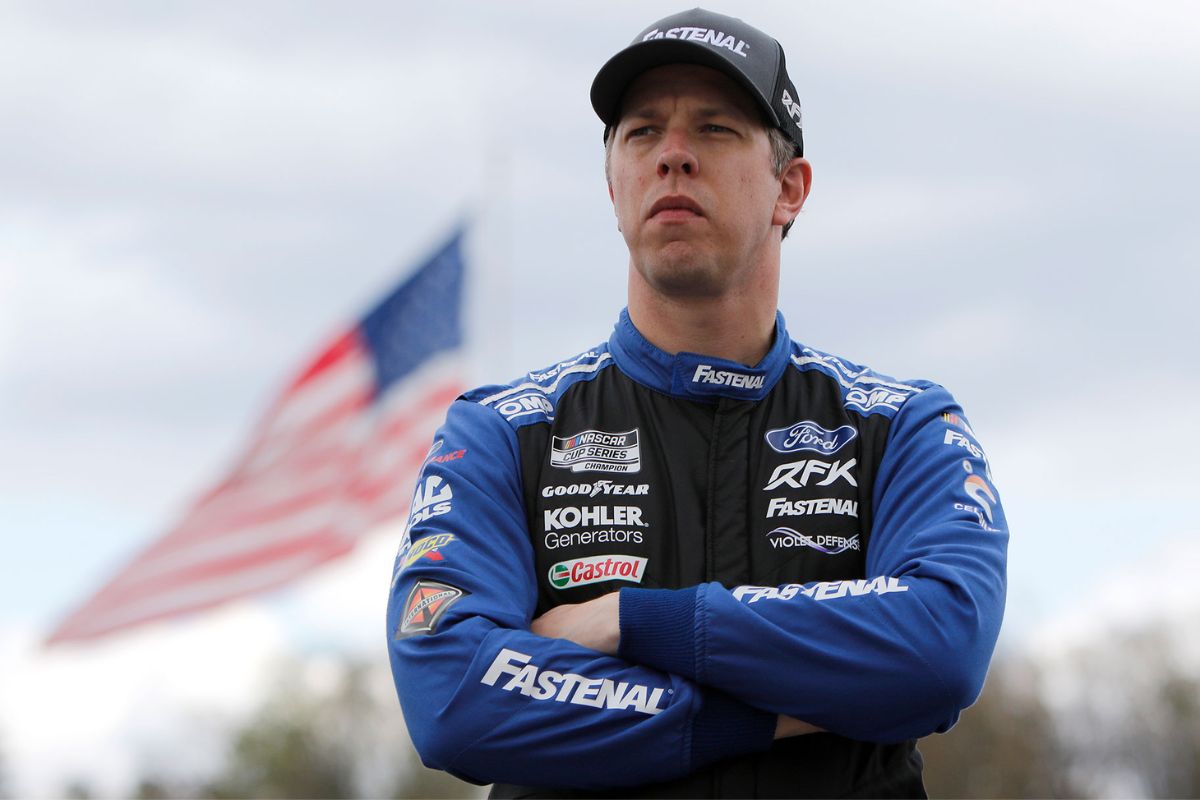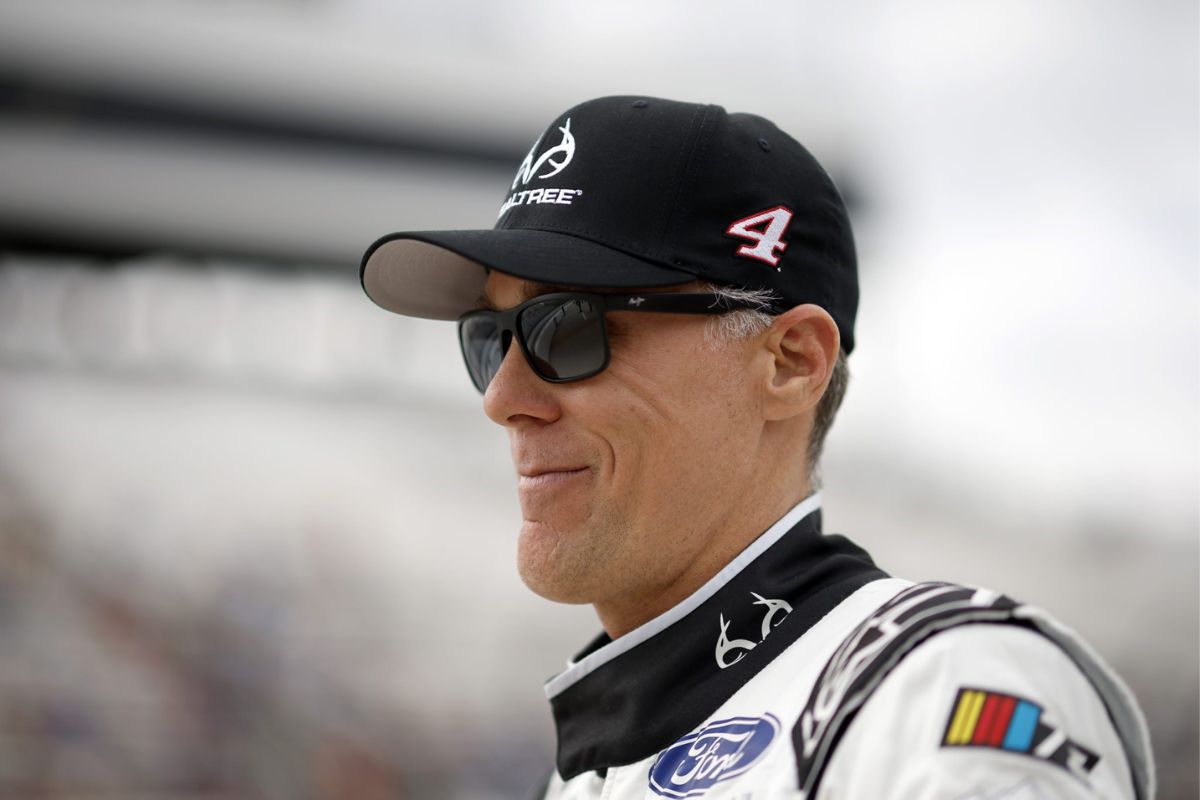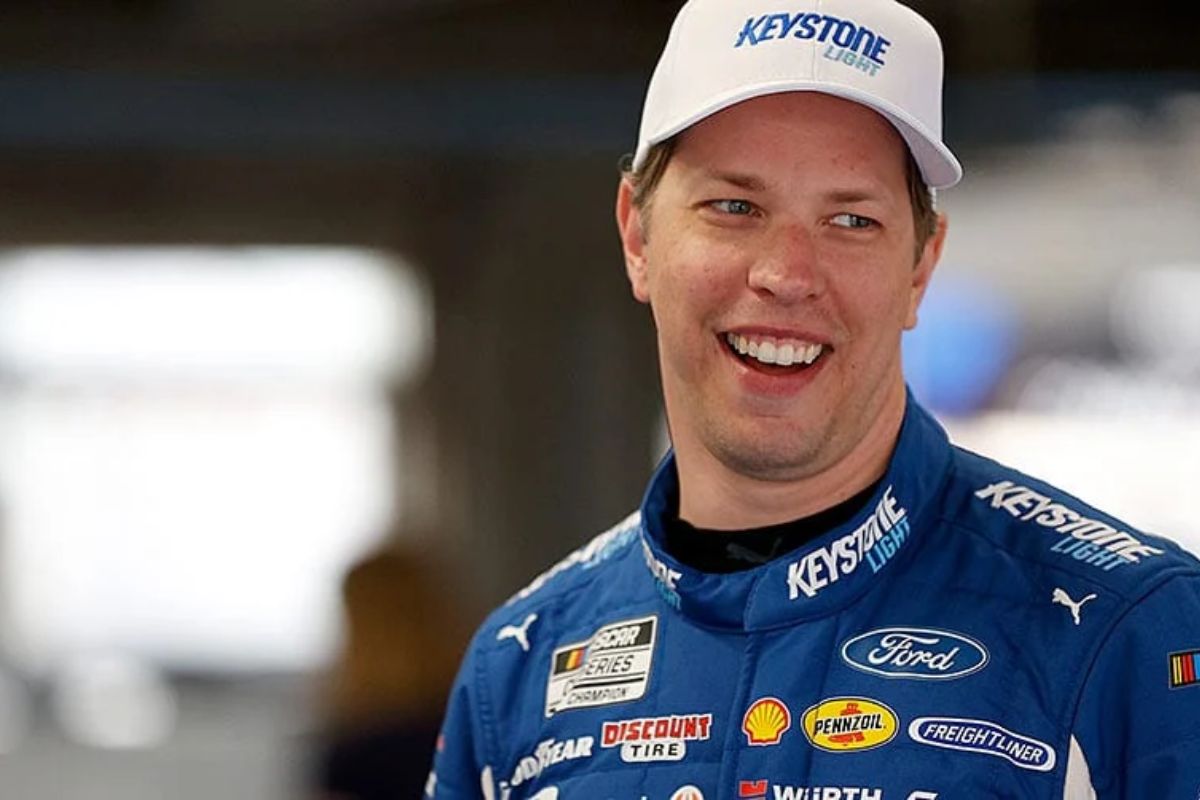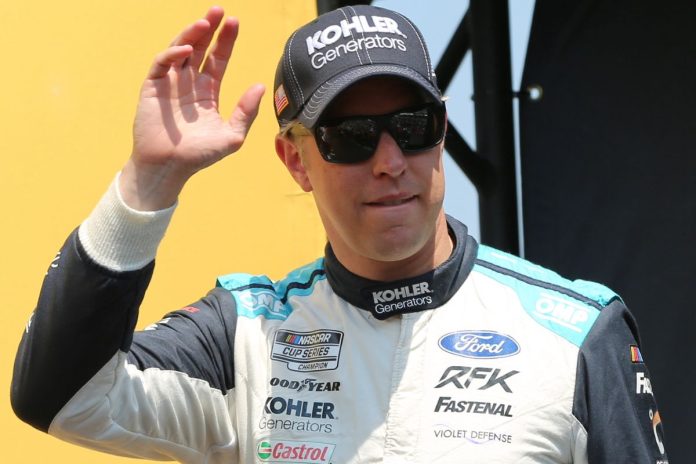Brad Keselowski’s Quest for Victory: In NASCAR, Brad Keselowki’s pursuit of victory is a compelling narrative of resilience and strategic evolution. Despite demonstrating formidable prowess in recent races, Keselowski confronts a series of nuanced challenges that hinder his path back to victory lane. As a driver and co-owner, his dual responsibilities magnify the pressure and complexity of his role, demanding not only top-tier driving skills but also astute management brilliance. With the racing season advancing, Keselowski’s ability to refine pit strategies, optimize car setups for diverse track conditions, and improve team coordination will be pivotal. How he navigates these hurdles could define his season’s success, invoking keen interest in his next moves on the circuit.
Key Takeaways
- Keselowski must enhance pit stop execution and qualifying performance to improve race positioning.
- Adapting to various track conditions and optimizing tire management are essential for success.
- Balancing roles as driver and co-owner requires strategic acumen and focus on team dynamics.
- Continuous technological advancements in NASCAR necessitate adapting strategies to maintain competitiveness.
- Overcoming stiff competition from top drivers like Kyle Larson and Martin Truex Jr. at challenging tracks.
Brad Keselowski’s Long Wait for Victory
Brad Keselowski’s prolonged 1098-day absence from victory lane underscores a significant challenge in his racing career, reflecting both the competitive nature of NASCAR and the internal dynamics of his team, Roush Fenway Keselowski Racing. This period without a win highlights a complex interplay of factors, not least the intense competitiveness of the NASCAR Cup Series which sees continuous evolution in team strategies and car technologies.
The integration into team management while maintaining peak performance as a driver requires a delicate balance. This dual role necessitates a broader perspective on the sport, requiring not just driving prowess but also strategic acumen in team building and resource allocation.
Moreover, the internal dynamics at Roush Fenway Keselowski Racing, involving collaboration between seasoned professionals and new talents, and the continuous alignment of team objectives with performance goals, are critical. This requires a robust framework for talent management and technological innovation.
Unfortunately, Brad Keselowski’s hopes for a comeback win were dashed by a late block from Michael McDowell’s #34, catching Keselowski off-guard and allowing Martin Truex Jr to bump Tyler Reddick into the lead. As NASCAR gears up for the Monster Mile at Dover, Keselowski, owner of RFK Racing, remains a strong contender. In 25 races at Dover, Keselowski boasts 11 top-ten finishes and a victory in 2012.
Following the disappointment of the GEICO 500, Keselowski faces a challenging situation as tracks favorable to Ford dwindle. Some RFK Racing fans criticized Keselowski for not being cautious enough on the chaotic restart. However, another veteran NASCAR driver came to Keselowski’s defense, pointing out the true culprit behind Talladega’s last-lap turmoil.

Keselowski’s Recent Performances
Despite these ongoing challenges, Keselowski’s recent performances suggest a resurgence, marked by commendable runner-up finishes at Texas Motor Speedway and Talladega. These results not only highlight a potential return to form but also underscore his ability to compete at a high level against formidable competition. Analyzing these races provides insights into Keselowski’s strategic acumen and his team’s adeptness at car setup and in-race adjustments.
At Texas Motor Speedway, Keselowski demonstrated exceptional skill in tire management and race pace optimization. This track demands a delicate balance between aggression and conservation. Keselowski’s ability to maintain speed while managing tire degradation allowed him to stay in contention throughout the race, ultimately securing a runner-up finish.
Similarly, at Talladega, a track notorious for its unpredictability due to the pack racing and frequent crashes, Keselowski excelled in positioning and draft management. His strategic placements at critical junctures of the race, combined with his experience in restrictor-plate racing, were pivotal in his second-place finish.
Kevin Harvick Analyzes Talladega Incident
Kevin Harvick analyzed the final lap at Talladega, attributing the resultant chaos to what he deemed a misguided strategy by the Toyota drivers. His critique centered on the tactical decisions that led to a disturbance in the final stretch, affecting not only the race’s outcome but also the championship standings. Harvick pointed out the high-risk maneuvers that were employed, which did not align with the conventional strategies observed in prior races at this particular venue.
Harvick elaborated that the Toyota team’s approach seemed overly critical given the circumstances. He analyzed the positioning and drafting techniques that require precise execution and impeccable timing, which, in this instance, were markedly absent. This misalignment in strategy execution, Harvick argued, directly contributed to the multi-car incidents that unfolded, leaving several contenders, including Keselowski, out of contention in the critical moments of the race.
Moreover, Harvick discussed the broader implications of such strategies on race dynamics. He emphasized that at high-speed tracks like Talladega, the collective behavior of a team can influence the flow and outcome dramatically. The synchronization required for slipstreaming and drafting maneuvers is delicate affecting numerous drivers.

Harvick’s Critique of Toyota Strategy
Building on his analysis, Harvick specifically criticized the Toyota drivers for their last-lap tactics at Talladega, which he believed greatly contributed to the devastating crash. He pinpointed the actions of drivers like Nemechek, Hamlin, Wallace, and Erik Jones, who appeared to employ a high-risk strategy that ultimately led to chaos on the track. Harvick’s critique centers on what he perceives as a failure in team strategy rather than individual error, suggesting a broader issue with the team’s race-day tactics.
“When you go back even further, Reddick was put in that position just because of the pure bonehead move from the seven or eight Toyotas that were drafting together. They had kind of fooled everybody on the strategy and put themselves in a position to be really in control of the race.”-(tyler)
Harvick’s disappointment stems from his view that the Toyota team’s approach not only endangered drivers but also compromised the integrity of the race. He argued that their maneuvers, which were likely intended to secure a strategic advantage at a junction, instead precipitated an avoidable collision.
“You saw that play out for a couple of them but the other four of five of them were wrecked running in a single file line. There’s always things that can happen but that is just a terrible terrible move by the group of Toyotas that were running there together.”-(reddick)

Looking Ahead to Dover
Turning to the upcoming race at Dover International Speedway, Brad Keselowski appears well-prepared to challenge for the top spot and potentially end his recent series of non-wins. Known for its high-banked, one-mile oval, Dover demands exceptional car handling and mental resilience, qualities Keselowski has demonstrated abundantly throughout his career.
Analyzing Keselowski’s performances at Dover, one notes a pattern of strategic driving and adaptability. His ability to maintain speed while maneuvering through lap traffic, and his astute use of the track’s banking to optimize his car’s performance, are indicative of a driver who not only knows his vehicle but also knows how to coax the best out of it in challenging conditions. Additionally, Keselowski’s team has been focusing on refining pit stop efficiency, an essential factor at a track where milliseconds often determine the race outcome.
The competition, however, remains formidable. Drivers like Kyle Larson and Martin Truex Jr., who have also shown skills at Dover, will be significant obstacles in Keselowski’s quest for victory. To outperform them, Keselowski will need to utilize his experience and perhaps introduce unexpected strategies that could give him an edge.
News in Brief: Brad Keselowski’s Quest for Victory
Brad Keselowski’s pursuit of victory in the NASCAR Cup Series requires a refined approach to several key aspects of racing. Improved strategies in qualifying and pit stop execution, coupled with a deeper understanding of track-specific conditions, remain vital.
As a driver and a co-owner, Keselowski’s dual roles necessitate a sophisticated balance of tactical insight and driving skills. These adjustments are crucial for overcoming the competitive hurdles and achieving success on the racetrack.
ALSO READ: Brad Keselowski Defends NASCAR: “Racing Was Good”


